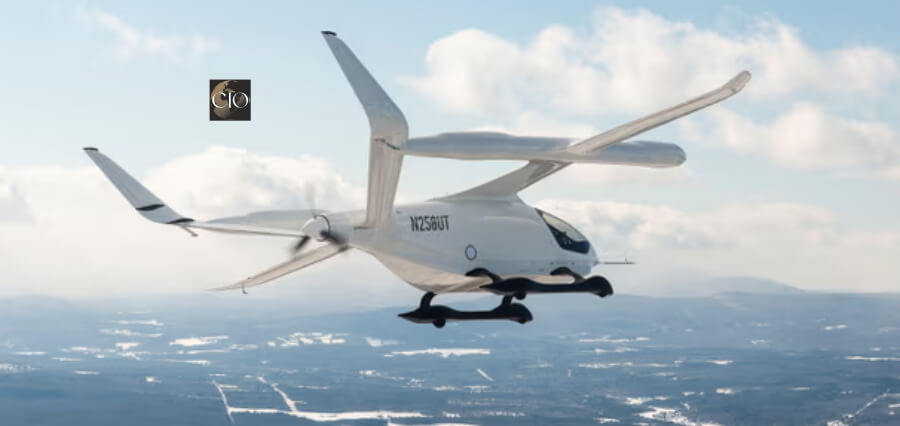Soon, parcels and letters will be transported throughout New Zealand by electric aircraft as the sparsely populated nation begins a “new age of propulsion” in an effort to reduce its dependency on aviation and reduce carbon emissions.
Air New Zealand announced on Wednesday that it has acquired a five-seater cargo aircraft that runs entirely on electricity and is battery-powered. The aircraft will be used by the New Zealand postal service to transport mail between airports starting in 2026.
The US aero firm Beta Technologies created the next-generation ALIA aircraft, which will take off and land like a regular aircraft. The aircraft, which is about 12 metres long and weighs three tonnes, can travel up to 270 kilometres per hour, so it will probably move more slowly than a regular aircraft. The maximum weight that it can hold is 560 kg.
The futuristic aircraft has range anxiety, just like electric cars do.
Although its maximum flight distance is 480 km, it is anticipated that it will only be used on domestic routes in New Zealand. It will take 40 to 60 minutes to fully recharge its battery from empty, which is a little longer than it would to refuel a conventional aircraft of a comparable size.
Since the airline will need to install specialised charging cubes at airports to recharge the aircraft between runs, it will now decide which routes it will use for the initial flights.
The acquisition represents the first step in Air New Zealand’s plan to expand its fleet with next-generation aircraft. In addition, under the terms of the agreement with Beta, it has rights to another 20 ALIA aircraft and options for two more.
The airline has been assessing zero-emission aircraft options, including smaller passenger aircraft, from three other companies since last year.
The CEO of Air New Zealand, Greg Foran, expressed optimism to the Guardian that the company will be operating passenger-carrying electric flights with zero emissions by 2030. It gets a little simpler with cargo. And once we become very proficient at it, you say, “All right, now that it’s working, what would happen if we added some passengers?”
Foran claimed that his airline was a natural leader in electric passenger aviation due to the topography of New Zealand and the lengths and volume of passengers on its current network.
“There are certain physical limitations with electric aircraft, such as battery weight of x and electric motor output of y, which limits how large and far these things can fly,” Foran explained. “Instead of the other way around, you sort of start smaller and then figure out how to make them bigger.”
Foran agreed that a combination of strategies will be required to lower its emissions because electric-powered aircraft can only reasonably replace the smallest models in its fleet given current technological limitations.







